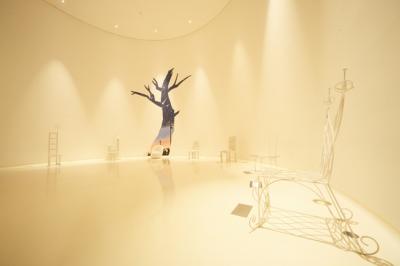MODEL COURSE
- Ichinoseki Station
- Takada Matsubara and the miraculous single pine tree
- iron history museum
- Kamaishi city (overnight)
- Hashino Iron Mine [World Heritage Site]
- Kappafuchi
- tradition garden
- Hanamaki Onsenkyo (accommodation)
- Kenji Miyazawa Memorial Museum
- Kenji Miyazawa Ihatovkan
- Kenji Miyazawa Fairy Tale Village
- Shin-Hanamaki Station
Ichinoseki Station
 77 minutes
77 minutes
Takada Matsubara and the miraculous single pine tree
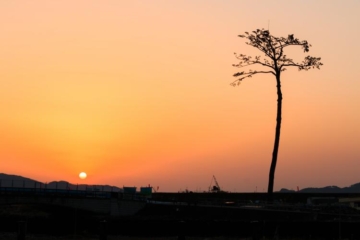
It is a bow-shaped sandy beach that stretches from the mouth of the Kesen River to Hirota Bay, and was once one of the most representative beaches on the Rikuchu coast, but it was severely damaged by the Great East Japan Earthquake. A forest of tens of thousands of red pine and black pine trees over 300 years old had been planted over a 2km stretch, but they were washed away without a trace. The single pine tree that miraculously survived has become a symbol of reconstruction, and has been preserved as a monument for future generations.
Detailed Destination Information 51 minutes
51 minutes
iron history museum
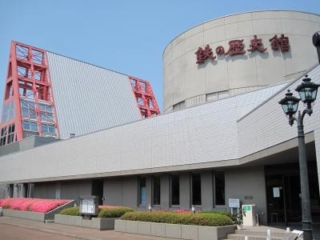
This is an iron museum unique to Kamaishi, the birthplace of modern steel manufacturing in Japan. A comprehensive performance theater that introduces the history of iron manufacturing in Kamaishi with sound, light, and video, centering around a model of a blast furnace that has been restored to full size, as well as visual equipment such as 3D images of the steelmaking process at the time and a computer-based Q&A about iron are also installed. You can enjoy learning about the history of iron. You can see a panoramic view of Kamaishi Bay from the observation terrace. A gas lamp related to Takato Oshima has been installed. The Iwate Prefecture City Gas Association donated a gas lamp (approximately 4m high) to Kamaishi City, which has been installed and lit in front of the entrance of the Iron History Museum. At dusk, the gentle light unique to gas lamps creates a magical atmosphere. [Origin of gas lights] Gas lights were first used as street lights in the 5th year of Meiji when they were installed by Kaemon Takashima in the foreign settlement in Yokohama, but 17 years earlier, in 2nd year of Ansei. It is said that gas lamps in Japan originated when Takato Oshima, who is said to be the father of modern steelmaking, used the coal gas generated in the process of making coke from coal for lighting.
Detailed Destination Information
Kamaishi city (overnight)

Hashino Iron Mine [World Heritage Site]
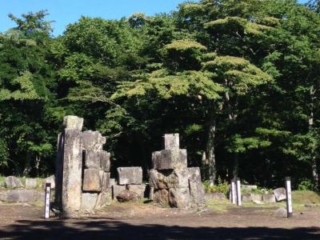
It was built between 1858 and 1858 under the technical guidance of Kato Oshima, said to be the father of modern steelmaking, and was later run by the Nanbu domain, making it the oldest Western-style blast furnace site. It has been designated as a national cultural property (historic site). In addition to the ruins of three blast furnaces, the ruins of a water mill, a shrine, a tenement house, and a mountain shrine have also been confirmed, and the remains show the operating and management conditions at the time, and are important for the modernization of the steel industry in Japan. As a symbolic historical site, its value is extremely high. On April 3, 1981, it was recognized as a historical heritage by the American Metals Institute and received the "Historical Landmark Award." On July 5, 2015, "Sites of Japan's Meiji Industrial Revolution: Iron and Steel Manufacturing, Shipbuilding, and Coal Industry," including the Hashino Iron Mine (Hashino Blast Furnace Ruins and Related Sites), was announced at the 39th World Congress held in Bonn, Germany. It was registered as a World Heritage Site by the Heritage Committee.
Detailed Destination Information 33 minutes
33 minutes
Kappafuchi
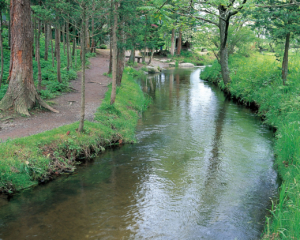
Kappa-buchi, located behind Joken-ji Temple, has clear water flowing through it and is covered with thick bushes, making it look like a kappa will appear at any moment. On the shore of the abyss, there is a small shrine dedicated to the god Kappa, and it is said that if a woman with a child makes a wish for breast milk, her wish will come true. When making a wish, it is customary to make the shape of a breast out of red cloth and place it in this shrine.
Detailed Destination Information
tradition garden
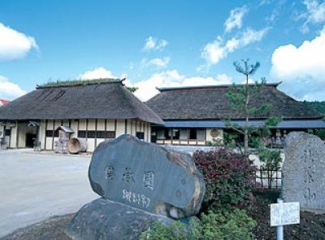
Curved houses, water mills, old tales, gods, customs, and local cuisine. The Traditions Garden is a facility that preserves and passes on to future generations the lifestyle and culture of the people of Tono, which was taken for granted in the past. Please feel the original landscape of the Japanese hometown with your eyes, ears, skin, and tongue.
At the restaurant, you can enjoy local cuisine such as "hittsumi" and "keiran. The "hittsumi" at Densetsuen, which is made with plenty of chicken bones, has a rich yet refreshing taste and is greatly appreciated by the locals.
 55 minutes
55 minutes
Hanamaki Onsenkyo (accommodation)

Kenji Miyazawa Memorial Museum

Located halfway up Mt. Koshio, one of the 32 mountains called Mt. Mbeki where Kenji intended to bury the Lotus Sutra, you can get a glimpse of Kenji's world where he was involved in a variety of activities. facility. It introduces screen footage, related materials, and the creative process that leads to the creation of the work.
Detailed Destination Information
Kenji Miyazawa Ihatovkan
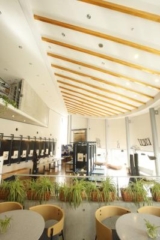
We have collected a large number of art works and research papers of various genres related to Kenji Miyazawa, and have organized them in an easy-to-understand manner and are making them available to the public. It is also home to the headquarters of the Miyazawa Kenji Society Ihatov Center, a gathering of enthusiasts and researchers of Kenji's works.
Detailed Destination Information 1 minute
1 minute
Kenji Miyazawa Fairy Tale Village
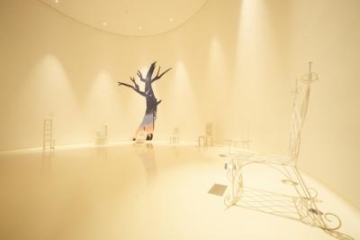
A facility where you can experience a dream-filled world based on Kenji Miyazawa's fairy tales. ``Kenji's School,'' an experience facility with five zones depicting the world envisioned by Kenji, and ``Kenji's Classroom,'' a log house exhibition facility, feature exhibits related to Kenji's fairy tales, as well as Kenji's works and Hanamaki specialties. There are also stores with a wide variety of items.
Detailed Destination Information 2 minutes
2 minutes
Shin-Hanamaki Station




